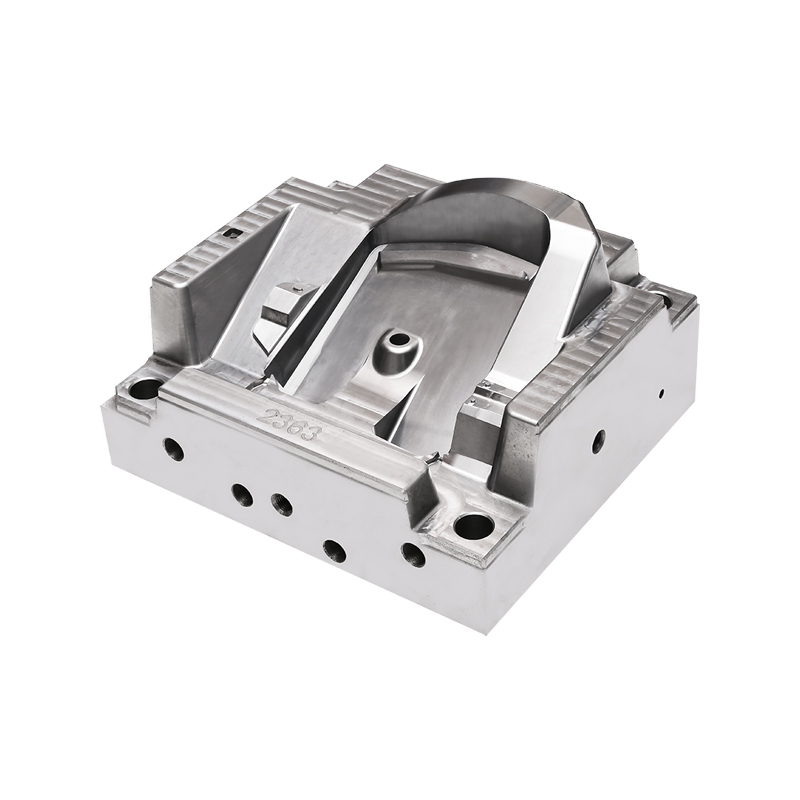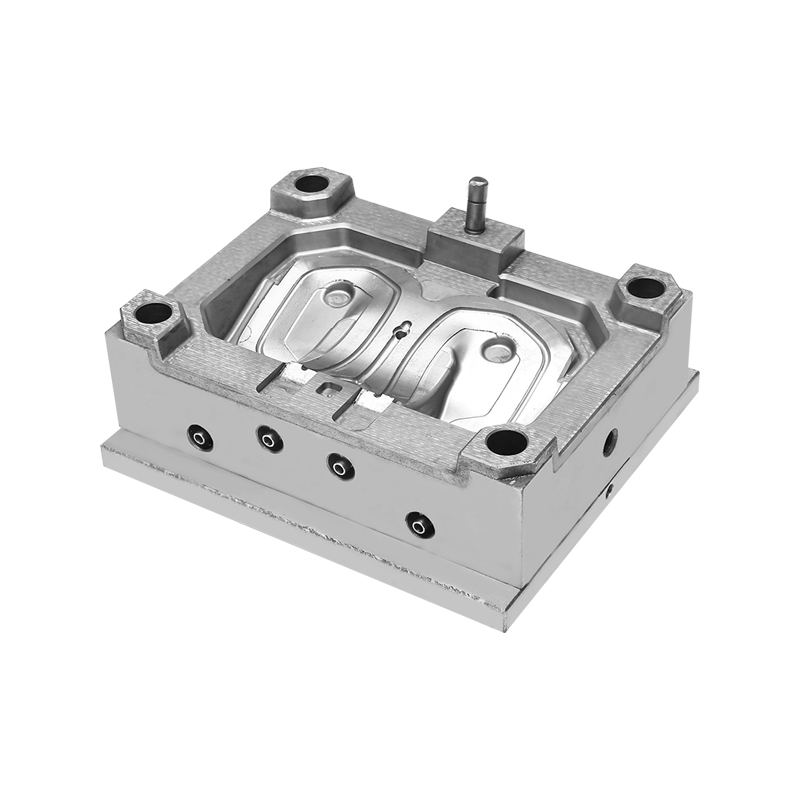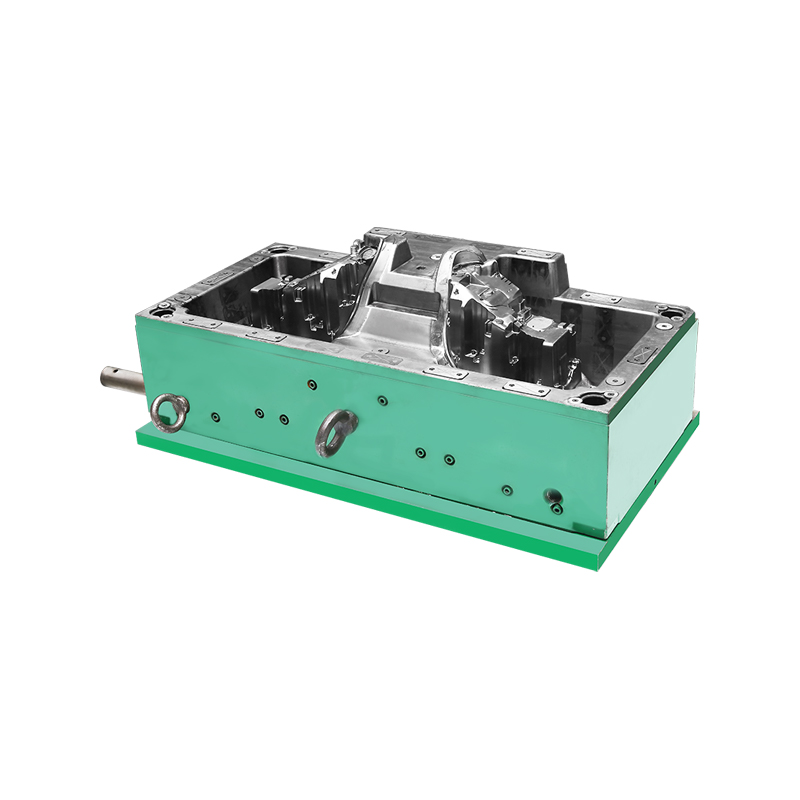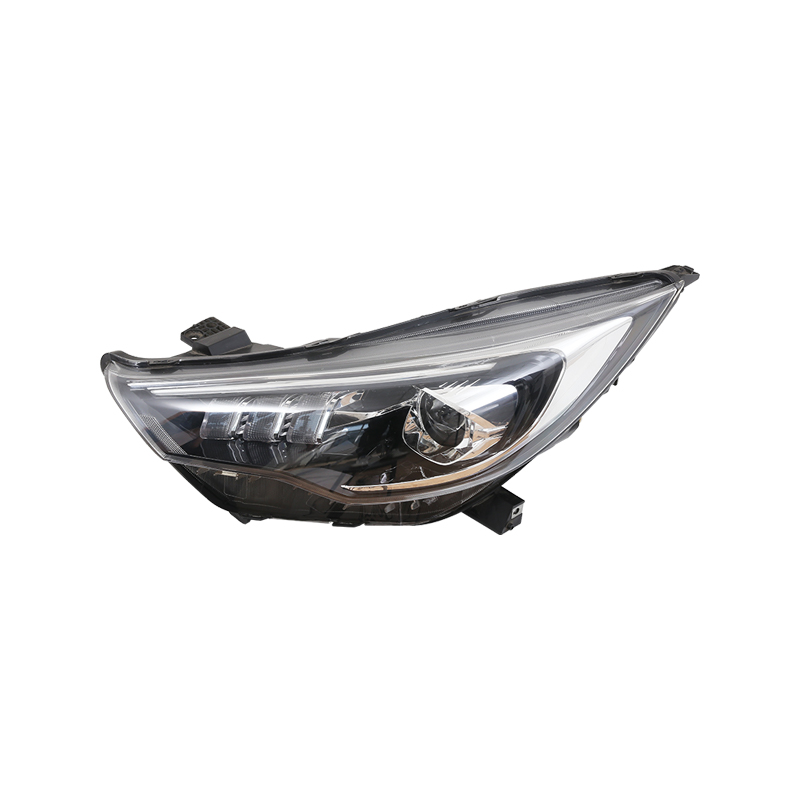The automobile headlight is an important part of the automobile, which is composed of three parts: lamp shade, lamp bulb, and circuit controller.
Lampshades are usually made of plastic or glass and have different shapes such as round, square, and strip shapes, which differ according to the installation position and functional requirements of different parts of the car. There is a mirror inside the lampshade, which can reflect the light out and play the role of diffusion and lighting. A light bulb is the luminous component of a car's headlight, usually made of glass or ceramic and filled with inert gas and wire. When the lamp control circuit is started, the current passes through the wire in the bulb to heat it and produce light.
The circuit controller is the control part of the car lights. It is usually composed of lamp switches, relays, fuses, wires, etc. The lamp switch controls the switch of the lamp, the relay is responsible for controlling the light bulb on and off, and the fuse ensures the safety of the lamp circuit.
The above is the composition of automobile headlights and its basic principle. In the process of driving, the normal use of headlights can ensure driving safety, so timely inspection and replacement of headlights is also a matter that owners must pay attention to.
The development of car headlights has undergone significant transformations over the years, with a notable shift towards more advanced manufacturing techniques. One such technique is the use of Car Headlight Lamp Composite Molding Mould, which has become a critical component in the automotive industry.
The design process of a Car Headlight Lamp Composite Molding Mould begins with a thorough understanding of the specific requirements for the headlight component. This involves close collaboration between automotive designers, engineers, and manufacturers to outline the desired characteristics of the headlight, such as its shape, size, light distribution, and aesthetic appeal.
Choosing the appropriate materials for the Car Headlight Lamp Composite Molding Mould is a critical step in the design process. The selected materials must possess properties that can withstand the high temperatures and pressures involved in the molding process while also providing the necessary strength and durability. Common materials include high-performance thermoplastics and composite materials that offer thermal stability and impact resistance.
With the design requirements and material selection in place, the next step involves creating a detailed digital model of the Car Headlight Lamp Composite Molding Mould using computer-aided design (CAD) software. CAD allows designers to create precise 3D models of the mould, incorporating all necessary features and tolerances. This digital model serves as the blueprint for the subsequent stages of the design and manufacturing process.
Before the physical mould is created, a mold flow analysis is conducted to simulate the injection molding process. This analysis helps identify potential issues such as air traps, weld lines, and uneven material flow. By addressing these issues in the design phase, engineers can optimize the Car Headlight Lamp Composite Molding Mould to ensure a smooth and defect-free production process.
Once the digital model and mold flow analysis are complete, a prototype of the Car Headlight Lamp Composite Molding Mould is created. This prototype is used to produce a small batch of headlight components for testing. The testing phase involves evaluating the components for dimensional accuracy, surface finish, and overall performance. Any defects or inconsistencies are analyzed and addressed through design modifications.
Based on the results of the prototyping and testing phase, the design of the Car Headlight Lamp Composite Molding Mould is refined and optimized. This may involve making adjustments to the mould geometry, cooling channels, and ejection mechanisms to enhance the quality and efficiency of the molding process. The goal is to achieve a mould design that consistently produces high-quality headlight components with minimal defects.
With the final design in place, the manufacturing of the Car Headlight Lamp Composite Molding Mould begins. This involves precision machining techniques such as CNC milling, electrical discharge machining (EDM), and surface finishing processes to create the mould components. The use of high-precision machinery ensures that the mould meets the exact specifications outlined in the CAD model.
After the individual components of the Car Headlight Lamp Composite Molding Mould are manufactured, they are assembled and subjected to rigorous quality control checks. This ensures that all parts fit together seamlessly and that the mould operates as intended. Any discrepancies are rectified before the mould is approved for production use.

 English
English 中文简体
中文简体 русский
русский Español
Español








